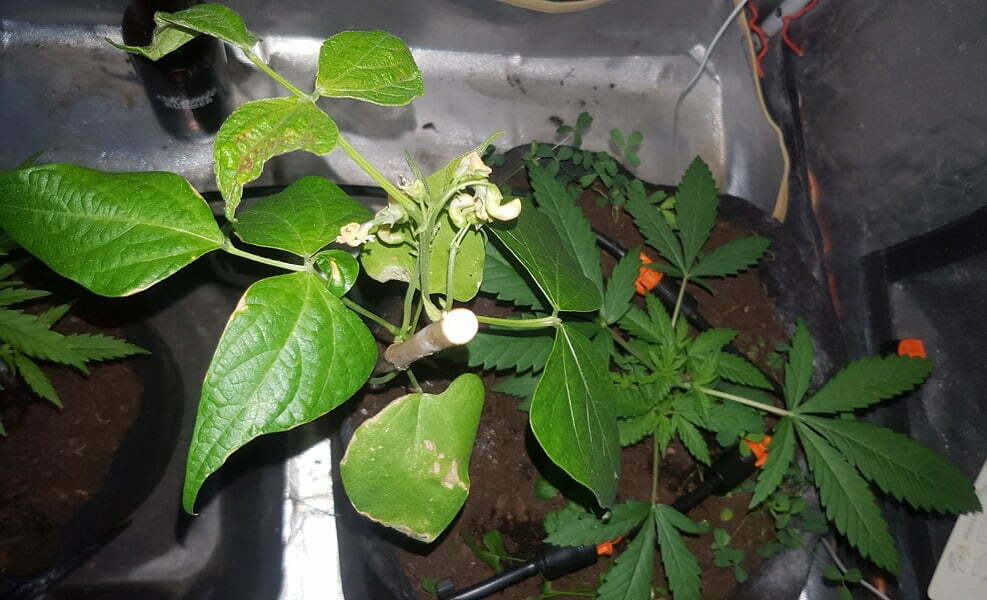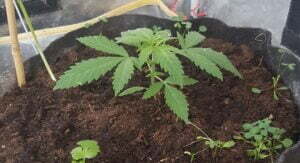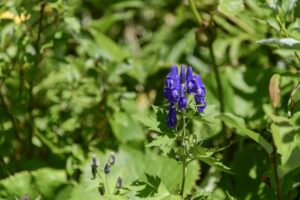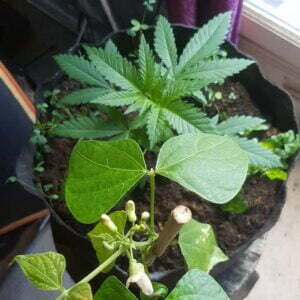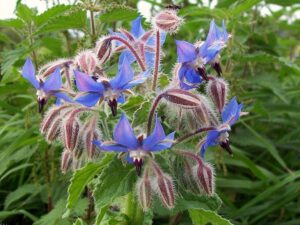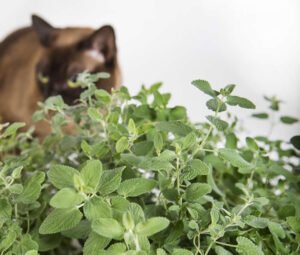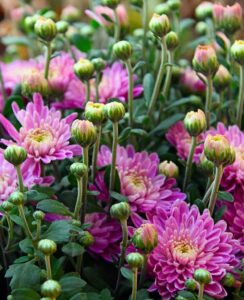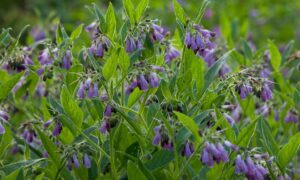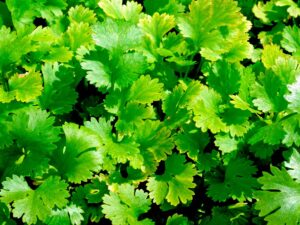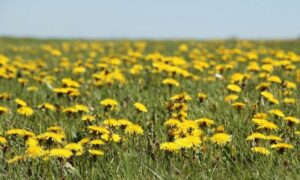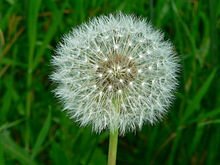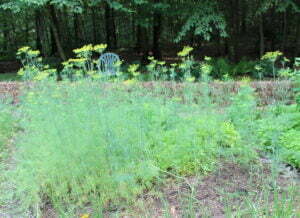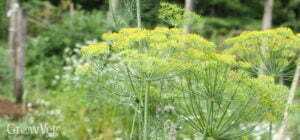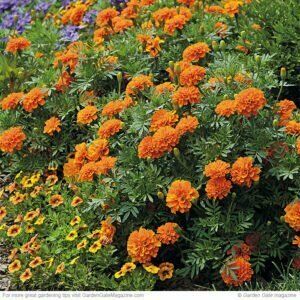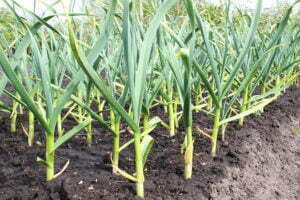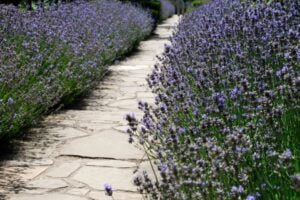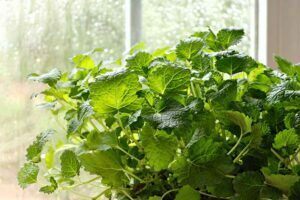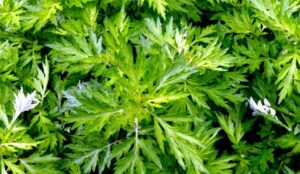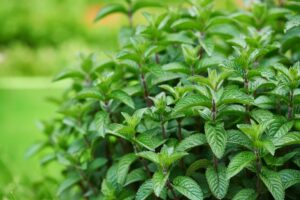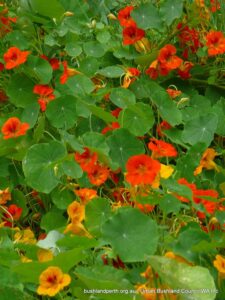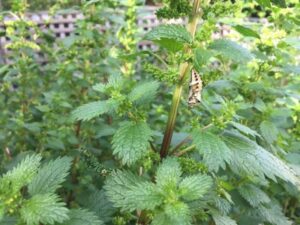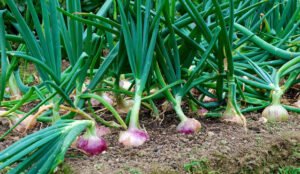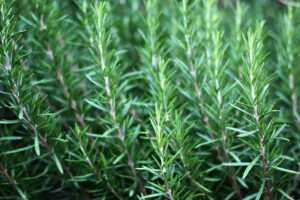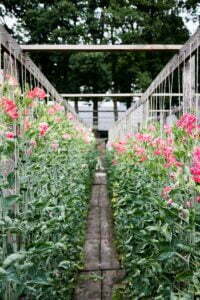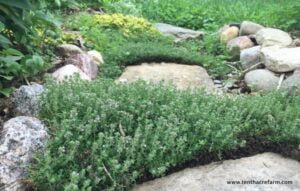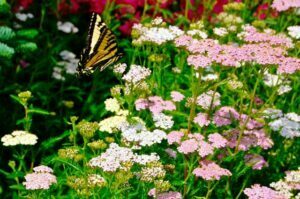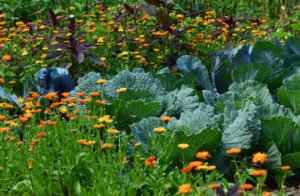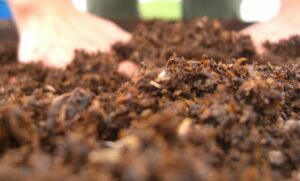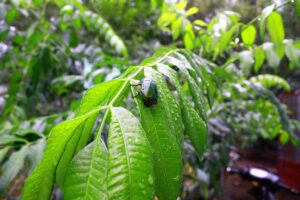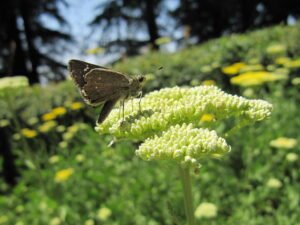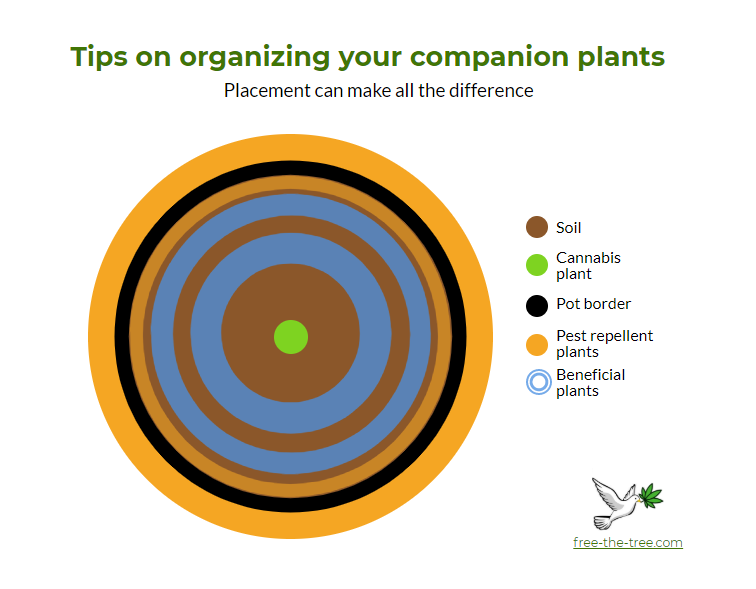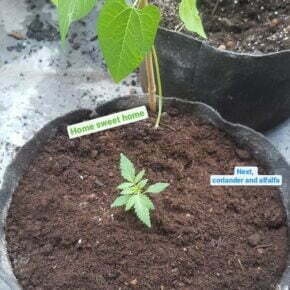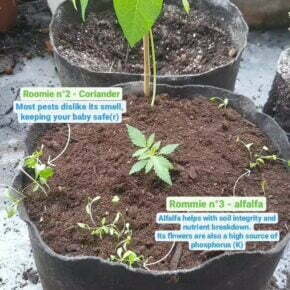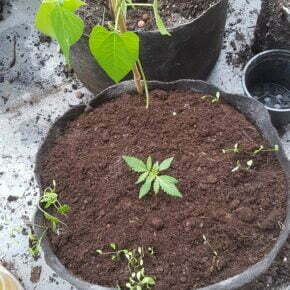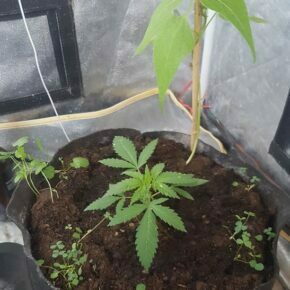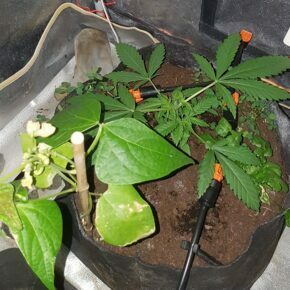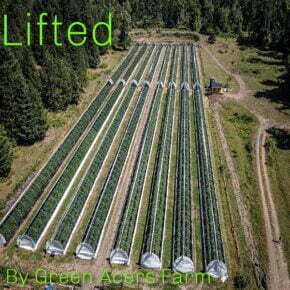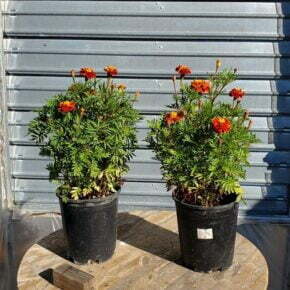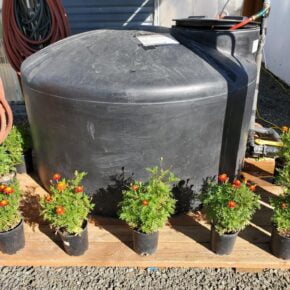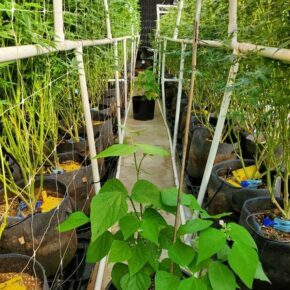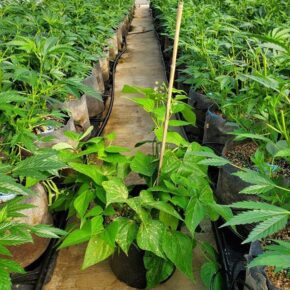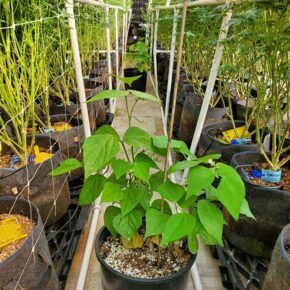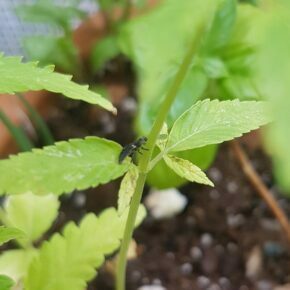Companion Planting – A couple definitions
What is companion planting?
Companion planting is the concept of planting plants that help each other out, and/or work well together. In nature this occurs naturally but in human cultures, whether indoor or outdoor, we tend to view anything that isn’t our main crop as a problem.
This type of growing is a part of “permaculture”, reproducing a resilient ecosystems of plants, insects and animals that allow the you to stop having to input nutrients in the soil.
Before getting into each companion plant for cannabis here’s a couple important idea’s which will be useful for the rest of the article.
What are “nitrogen fixers” or “nitrogen fixing plants”
Some plants, like beans, alfalfa, peas and others have the ability to absorb Nitrogen from the air and, with the help of friendly bacteria, transform it into a plant-available form that is stored within root nodules of the plant.
When this one dies, or if you break open some of these nodules, the available nitrogen is released into the soil for the other plants to consume.
How do Nitrogen Fixers increase the available Nitrogen in the soil
Nitrogen fixating plants, mainly from the legumes family, work in symbiosis with different types of bacteria in order to attract and transform the nitrogen into a usable form.
Here’s how it works : The plant captivates the “unusable” Nitrogen in the atmosphere and “transfers it” to the bacteria. In turn, the bacteria releases chemicals that react to the Nitrogen, creating new molecules, like Ammonia. The plants have the ability to absorb these molecules and process the nitrogen, storing them in nodules in their root system.
Once the plant dies the nitrogen within these nodules is released into the soil, enriching it.
We made the following graph below to help visualize this process, you can also check out this short video by Britannica that explains the process very well.
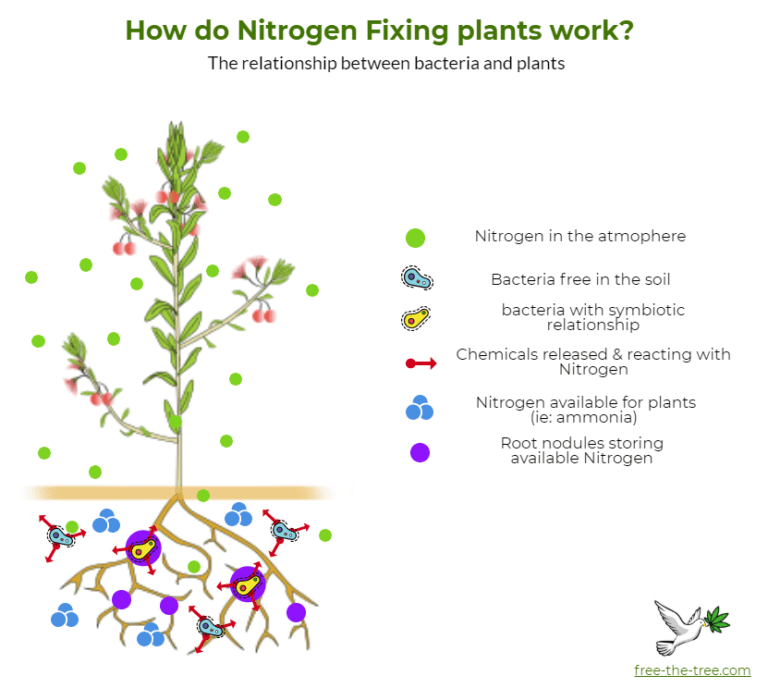
What is a “nutritive tea” or “compost tea”
We go into more depth on this subject within our organic growing article, but basically a “Compost Tea”, also call “Nutritive tea’s” is a mix of nutrient rich plants and water that is used to replenish nutrient within the soil.
One of the most common types of plants used for this is Alfalfa, as the stems and leaves are rich in Nitrogen, its flowers rich in Potassium and Phosphorus.


